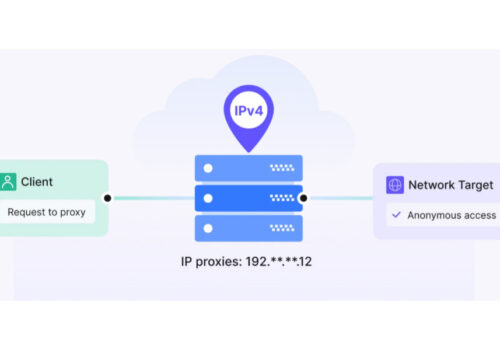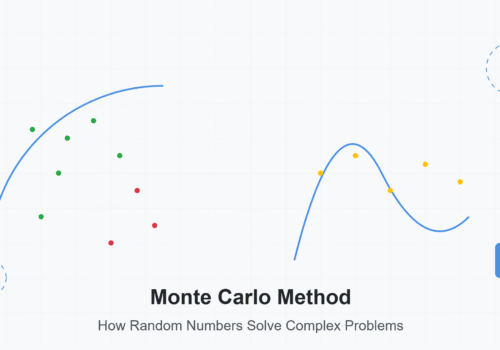10 Most Common Web Design Mistakes Small Businesses Make
An excellent and unique website is not an option anymore; it is a necessity! A well-designed website will prevent your business from losing customers, and that is just throwing all your hard work out of the door. Many small business owners design their websites to save money, but this is a false economy. Lack of knowledge of web design principles, Search engine optimisation, and lack of design skills often produce poor results, giving a bad user experience. Here, with the help of Darren Mitchell, who owns a Kent website design company, we list the 10 most common web design mistakes small businesses make and how to avoid them.
Website design is a form of art, and like other art forms, it is designed to give the user an experience. Combining form and function will produce an enjoyable, navigable, attractive, and usable website. To build a great website, web designers follow specific “rules,” both spoken and unspoken. Businesses that design their sites don’t follow these rules, which is always evident in the low quality of the user experience.
From years of experience, I can say these are the most common web design mistakes small business owners often make.
Too Much Going On
Ensure you portray all the vital information as quickly as you can. You have only ten to twenty seconds to grab your customer’s attention before they “bounce” off to another site. Small businesses tend to cram as much into the landing page as possible, hoping that the information there is enough to keep the user interested.
There are good reasons for not loading your site with too much too soon. The page loading speed will increase, which alone is enough to put off users, and with too much information, you will confuse your visitors. Avoid busy designs and keep things straightforward.
Too Little Going On
The opposite end of the spectrum is the minimalist site with nothing on it. These can work if done correctly but rarely are designed well. Do not be overly cryptic; your visitors need to know what you are and what you do; otherwise, they will leave.
Too Confusing
The sweet spot between the two extremes of too much and too little is the sweet spot which often generates the “confused brand” website.
Failure to establish your brand identity first often leads to too many colours, fonts, themes and images. To display clarity to your visitors, choose one theme, logo, and typeface and stay with them throughout your website.
Consistency is key to user experience.
A Terrible CTA
A CTA (Call To Action) is the entrance to your business. It compels commands your visitors to do something: Click here! Get a coupon! Learn more about this product! Your Call to Action must tell your visitors what they need to do and what they get in return. Be clear about what information they need to provide and what they will get in return, such as a free guide or a special discount. Keep the form-filling to a minimum and give visitors time to digest your offerings before popping up a CTA window.
Poor Use of Content and Whitespace
Content is king in modern website design and is critical for your digital marketing campaign. Your content informs visitors about your business, products, and services. Ensure the typeface chosen is legible, attractive and conveys the correct message.
An old-style script font would be disastrous for a boxing gym, or a heavy, solid font would not work for a funeral director.
Do not be afraid to leave white spaces; these break up the text and images and improve the site’s readability. Do not use big blocks of text; split them into small, relevant segments. Also, keep your content current, as an outdated website could give the visitor the impression that you are no longer trading.
Ugly or Irrelevant Images
Photographs and images are the central part of good web design. Images can convey complex information quickly without having to read text physically. Images that aren’t high quality or irrelevant will undoubtedly turn visitors away. Well-chosen imagery can convey a message much quicker than written text.
Hidden Navigation
In this modern era, we are used to information being instant and easily accessible. Any barriers to that information, such as poorly designed navigation, are guaranteed to turn off your visitors. Website navigation has become even more critical since the massive increase in mobile device use.
Ensure your navigational aspects are tested thoroughly and understood quickly by your target audience.
Missing Your Target
Your target audience is where your profit lies. You will already know who your target customers are and where they are. Ensure your website speaks directly to your audience and remember that during your whole website thought process. What is attractive and fun for one group will be ugly and dull for another group. Don’t muddle your site by trying to be everything to everyone.
Lack of Contact Info
This one always astounds me. You have gone to great lengths in time and money to get a visitor to your site, only to “hide” your contact details. Your contact page should always be only a click away from wherever they are on your website. Ideally, keep it at the bottom of every page and ensure you offer more than one way to contact you.
Adverts in All the Wrong Places
Advertising can be the primary income stream for sites such as blogs; however, too much advertising is very off-putting. Flashy and noisy adverts will interfere with the user experience, and hard-to-close pop-ups will guarantee that visitors will not come back.
Any adverts you find annoying will most likely be annoying your visitors.
Keep your brand images and target audience in mind in every design process. Reconcile the two, and you’ll have a beautiful website that displays your business in its best light.





